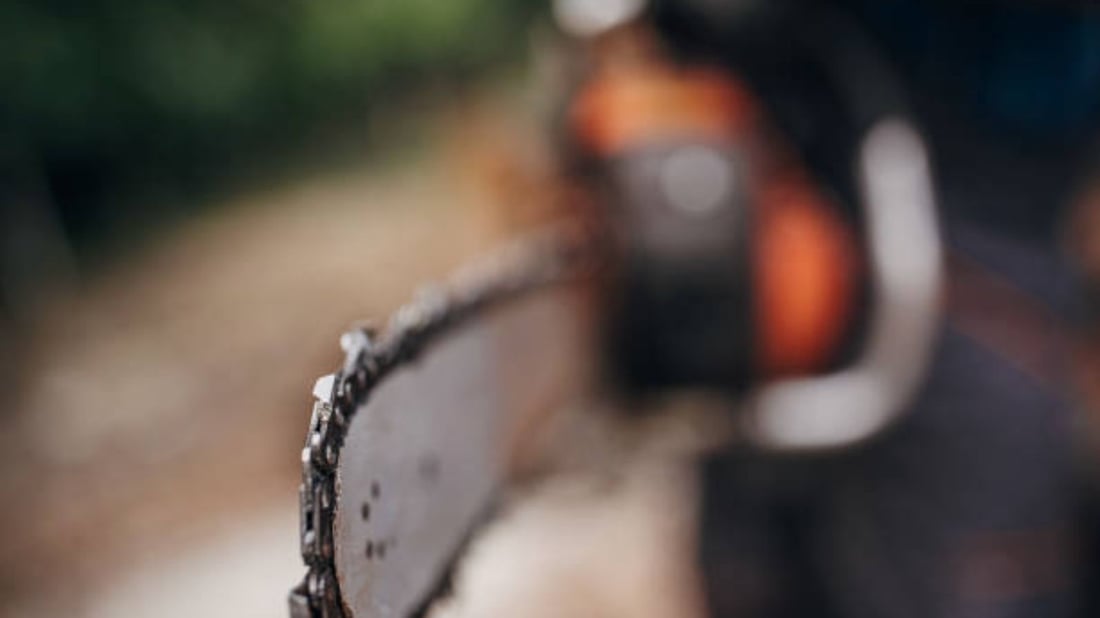Do all blades fit all reciprocating saws??
If you are new to reciprocating saws, it may seem like selecting the blades should be a simple task. However, with dozens of different blades available, it's essential to know that they are not all created equal. One of the most frequently asked questions is whether all blades fit all reciprocating saws. The answer is no, and in this article, we will discuss the different factors to consider when selecting blades for your reciprocating saw.
Blade Shank Type
The blade shank is a critical consideration when selecting blades. Reciprocating saws feature two types of shanks: universal shanks and tang shanks. Universal blades have a T-shaped shank that fits in most reciprocating saws. On the other hand, tang shanks are straight and fit into reciprocating saws that have corresponding blade clamps or chucks.
Blade Length
Reciprocating saw blades come in several different lengths, from 3 inches to 12 inches. If the blade is too short, it may not reach the target area, while a blade that is too long may have difficulty maneuvering in tight spaces. Be sure to measure the material you intend to cut and take into account the space you have to work in.
Blade Material
Reciprocating saw blades are made from a variety of materials, including carbon steel, high-speed steel, and bi-metal. Carbon steel blades are the most affordable and work well for cutting softer materials. Bi-metal blades are more expensive but have a longer lifespan and perform better on tougher materials like nails and pipes. High-speed steel blades are also expensive but have the added benefit of being more flexible than other blade materials, making them ideal for cutting curves.
Blade Teeth
The blade teeth are another critical consideration when purchasing a reciprocating saw blade. They are available in several different styles, including double-tooth, variable-pitch, and fleam. Double-tooth blades have teeth on both sides of the blade, making them ideal for fast and rough cuts. Variable-pitch blades have varying tooth spacing, reducing vibration and producing cleaner cuts. Fleam blades have teeth that are angled to one side, producing smooth cuts in wood and plastic.
Blade Width
The width of the blade is another factor to consider. Reciprocating saw blades come in different widths, ranging from narrow to wide. Narrow blades are ideal for cutting thinner materials, while wider blades work best for thicker materials. If you're unsure which blade width to use, start with a medium-width blade and adjust as necessary once you start cutting.
Blade TPI
TPI (teeth per inch) is another consideration when purchasing a reciprocating saw blade. Blades with high TPI have more teeth per inch, resulting in a smoother cut. However, blades with lower TPI have fewer teeth, cutting faster but producing rougher cuts. Selecting the appropriate TPI depends on the material you're working with - the harder the material, the lower the TPI required.
Blade Brand
Finally, consider the brand of the blade you are purchasing. Quality varies vastly among brands, and cheap blades may wear out quickly or not perform as expected. Stick to reputable brands like Milwaukee, Lenox, and Diablo for consistent performance and long-lasting durability.
Conclusion
In conclusion, not all blades fit all reciprocating saws. Several factors need to be considered to determine the appropriate blade for your project, including the blade shank, length, material, teeth, width, TPI, and brand. By understanding these factors and selecting the appropriate blade, you can ensure a successful and safe cutting experience.


